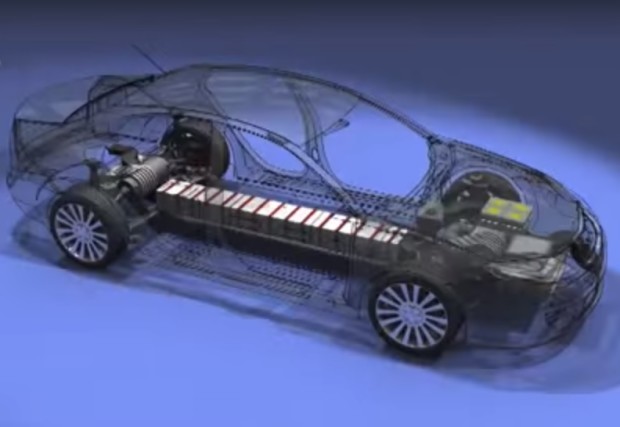INNOVATION: New lithium air battery promises to revolutionize car design.
By Martin Perina, Staff Writer
Scientist have made a new step in Lithium air battery technology. Originally proposed in the 1970s, lithium air batteries were a failure. They were outperformed by lithium ion batteries, which lasted longer and produced more power. With the growing demand for renewable energy, however, there has been an increased push for more reliable batteries. The new lithium air battery is far more powerful than before and is a big step as electric cars begin to topple gasoline cars.
The lithium air battery is a metal-air battery (the metal being aluminum) that uses oxidation of lithium at the anode (positive side of a battery) and reduction of oxygen at the cathode (corresponding negative side) to induce a current flow. The lithium-air battery has an energy density (per kilogram) comparable to gasoline, meaning the power output for lithium air batteries is the same as for a gas-powered automobiles. Metal-air batteries use the oxygen in the air around them, rather than storing it in liquid or solid chemicals as lithium-ion batteries do. Lithium-air batteries have the potential of five to fifteen times the specific energy of current lithium-ion batteries, making them more favorable in terms of powering machines.
Phinergy, an Israeli company, has produced a battery that can power a Citroen C1 (A French-made car) for 3,000 km (1,864 miles) and has demonstrated a 1,800-km (1,118-mile) drive with a more practical version, which is three times that available from current commercial electric cars. Even more astonishing, the battery weighs just 100 kg (220 lbs) – just a fifth of the weight of those in the Tesla Model S, a top-selling, all-electric car.
As great as this new battery sounds, it is not ready for commercial use. The big disadvantage of metal-air batteries is that they don’t last. While they can be recycled, they cannot be recharged by simply plugging the battery into a power source. Instead, the whole battery will need to be replaced when the aluminum is all used up. Despite minor technological problems, the battery represents a giant step towards making electricity a more permanent and more prevalent energy source.

